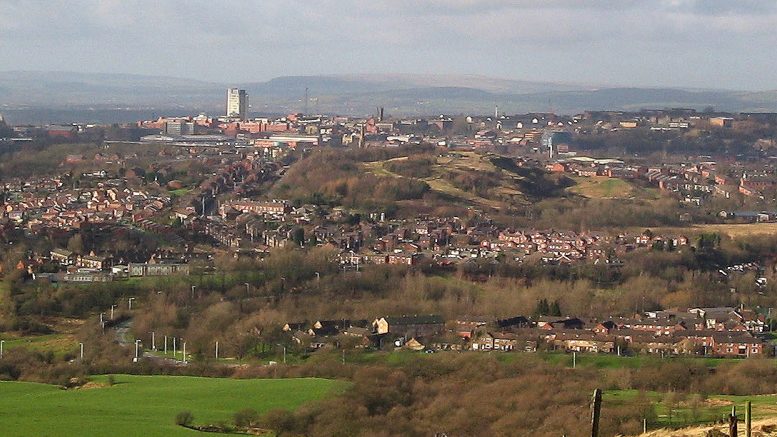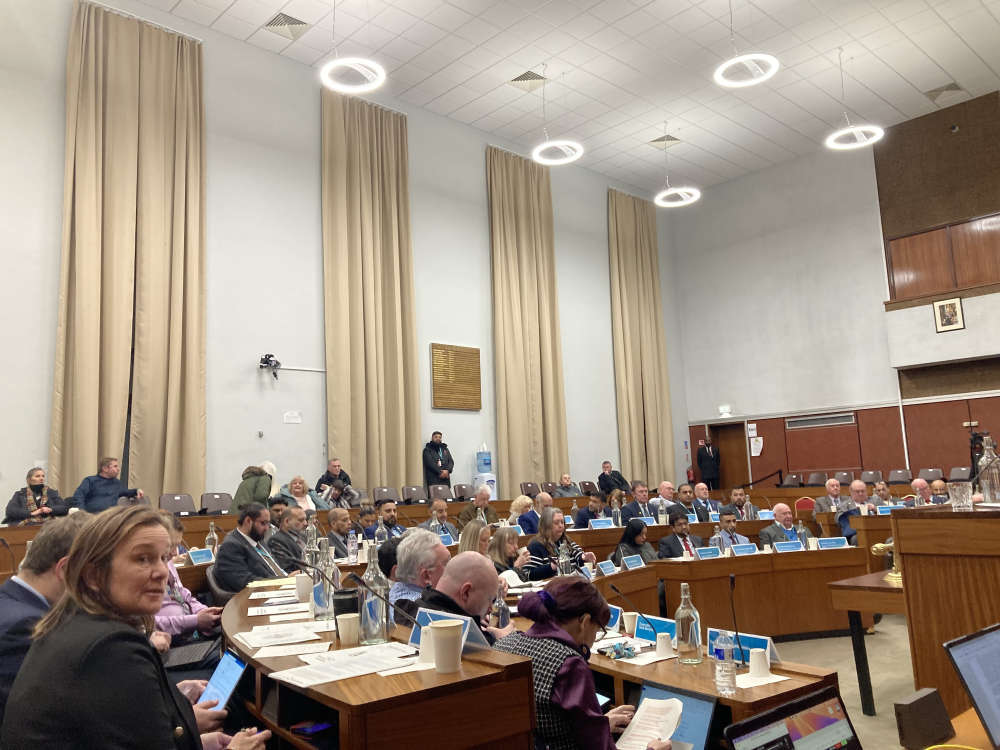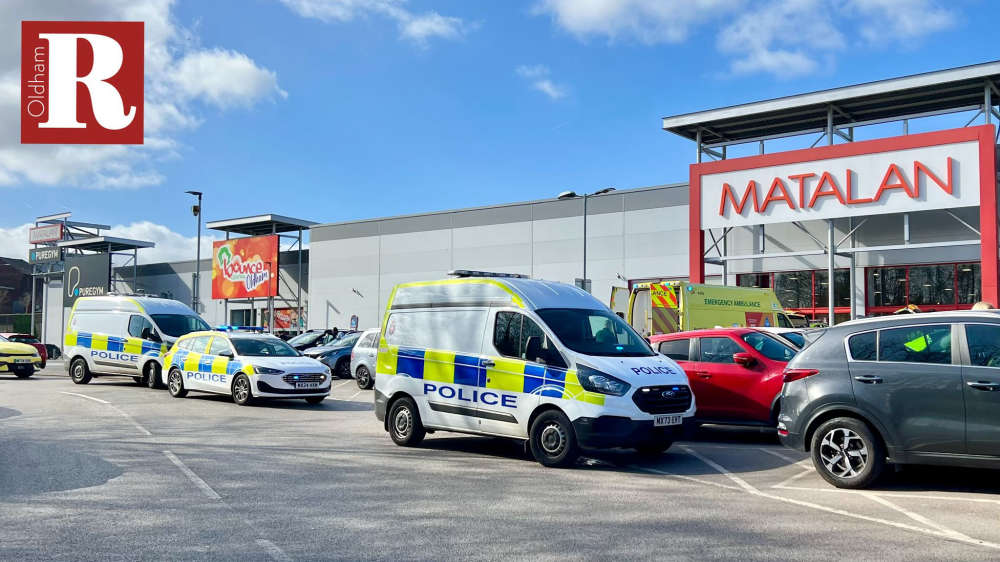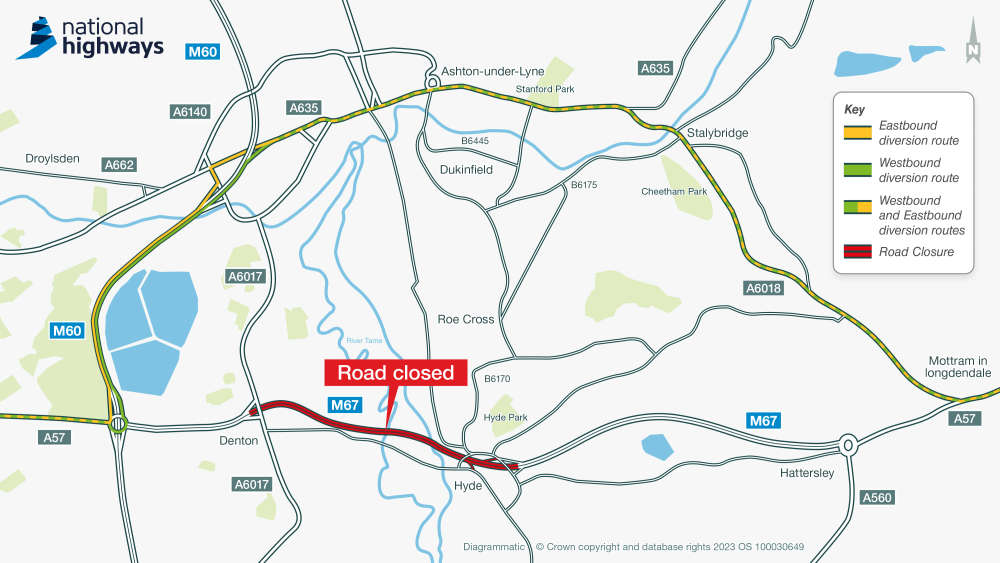
Around 1,400 fewer homes will be built in Oldham's green belt after the council focused development on brownfield land in the final draft of the region's housebuilding masterplan.
Ahead of the official publication of the Greater Manchester Spatial Framework (GMSF) third draft in October, the town hall has revealed that a number of site allocations on protected land have been dropped or reduced.
These include sites that were added for the first time in the 2019 version of the plan, and have been fiercely opposed by green belt campaigners.
The council states that 600 homes proposed for land at Thornham Old Road, to the north west of Royton, has been ditched from the 2020 version.
A development at Woodhouses has also been significantly reduced down from 260 homes to 30 houses, contained to one brownfield site at Bottom Field Farm.
And 50 homes proposed for a site at Spinners Way/Alderney Farm to the south east of Ripponden Road have been scrapped.
Plans for 518 homes and 180,000 sqm employment land at Kingsway South have also been put on the backburner with it being changed to a ‘broad location’, proposed for development after 2037.
Until then it will remain in the green belt.
The number of houses to be built in the green belt over the next 17 years has reduced from 4,008, with 342,386 sqm employment land, down to 2,597 homes and 141,720 sqm for employment.
The town hall said it submitted alternative brownfield sites to bring the green belt allocation down, including around 2,500 homes in the town centre.
Council leader Sean Fielding said: “The council has never wanted to give up Oldham’s green belt, we know it’s what makes our town special.
“We have listened to residents and are pleased to have more than halved the amount of green belt development from when the spatial framework was first developed in 2016.
“We’ve been working hard to identify alternative viable brownfield sites which will enable us to fulfil our housing need whilst helping us to protect the green belt and be a catalyst for regeneration – including exciting town centre improvements.”
The changes have been brought about partly because of an ‘integral’ mill strategy commissioned by the council looking at the borough’s mills to assess their viability for future development.
This has led to an increase of 800 homes proposed on brownfield mill sites.
A retail and leisure study has resulted in 36 new homes being allocated in the borough’s centres, and 908 homes are being included in Oldham town centre.
However the council says the government has tasked it with building 11,764 homes by 2037, and this cannot be done on brownfield land alone.
Coun Hannah Roberts, cabinet member for housing, said: “We understand the significant concerns the local community has expressed in the previous consultations and we have removed as much green belt as possible.
“We would have liked to remove it all, however we have to a statutory duty to meet house-building targets set by government – which is why some allocations remain.
“But we will not allow developers to ride roughshod over the green belt.
“We’ve brought in additional policies so that any development of the allocation sites is done as sensitively as possible including protecting important habitats, enhancing green belt in the surrounding area or providing new and/or improved open space, sport and recreation facilities.”
A number of the 2019 proposals remain unchanged in the latest draft.
These include 60 homes south of Rosary Road on the edge of Hathershaw, 482 homes in the Beal Valley, 465 homes in Cowlishaw and 260 at Hanging Chadder.
Nine homes have been removed from the Ashton Road designation, with the 255 homes proposed to be build on land south of Coal Pit Lane.


 Eight more stations on the Northern network become ‘mobility scooter-friendly’
Eight more stations on the Northern network become ‘mobility scooter-friendly’
 Update on PfE withdrawal
Update on PfE withdrawal
 Investigation underway after stabbing in retail park
Investigation underway after stabbing in retail park
 Final M67 weekend closure for next phase in £23m bridge replacement works
Final M67 weekend closure for next phase in £23m bridge replacement works

